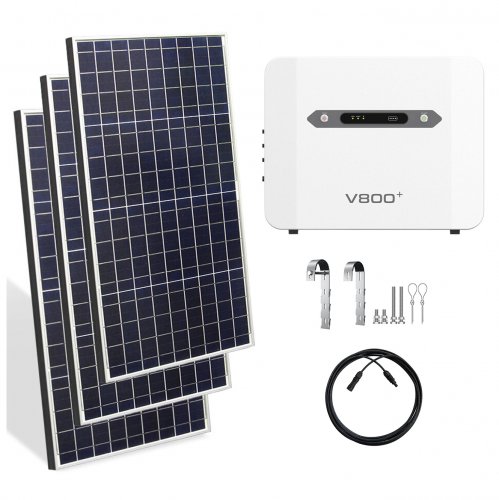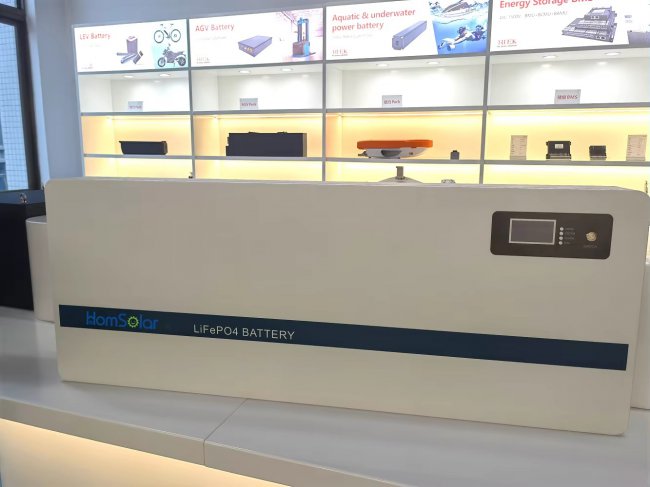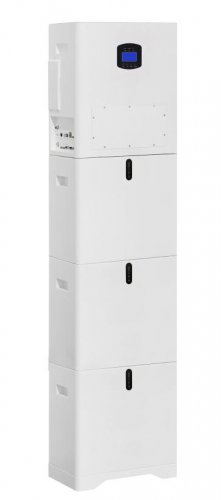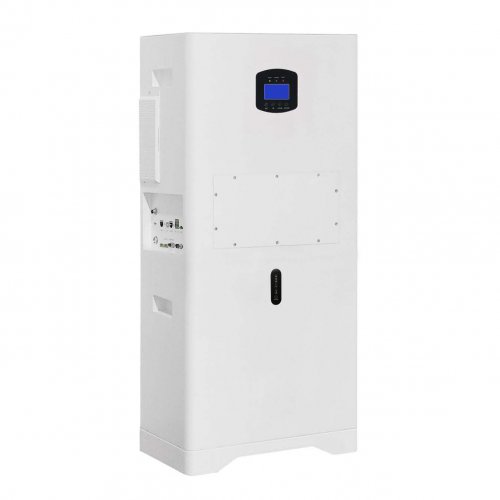Advances In Sustainable Energy Storage: Breakthroughs In Materials And System Integration
The transition to a decarbonized global energy system is intrinsically linked to the development of efficient, scalable, and sustainable energy storage technologies. As the penetration of intermittent renewable sources like solar and wind power increases, the need for storage solutions that can balance supply and demand over various time scales—from seconds to seasons—becomes paramount. Sustainable energy storage encompasses not only the environmental footprint of the technology throughout its lifecycle but also its economic viability and social accessibility. Recent years have witnessed remarkable progress in this field, driven by innovations in electrochemistry, materials science, and systems engineering.
A significant portion of research remains focused on advancing electrochemical storage, particularly next-generation batteries. While lithium-ion batteries continue to dominate the market, their reliance on critical materials like cobalt and nickel, coupled with safety concerns, has spurred the search for sustainable alternatives. Among these, sodium-ion (Na-ion) batteries have emerged as a frontrunner. Sodium is abundant, low-cost, and geographically widespread, eliminating key supply chain bottlenecks. Recent breakthroughs have addressed the historical challenges of Na-ion technology, namely lower energy density and cycle life. The development of novel cathode materials, such as layered transition metal oxides and Prussian blue analogues, and sophisticated anode materials like hard carbon derived from biomass waste, have dramatically improved performance. Companies like CATL and Northvolt are now commercializing Na-ion batteries for grid storage and light electric vehicles, marking a critical step towards diversification (Hwang et al., 2023).
Simultaneously, solid-state battery technology is transitioning from lab-scale curiosity to a tangible future for safer, higher-energy-density storage. By replacing the flammable liquid electrolyte with a solid ceramic or polymer conductor, these batteries mitigate fire risks and can enable the use of lithium-metal anodes, potentially boosting energy density. Recent milestones include the fabrication of thin, flexible solid electrolytes with ionic conductivities rivaling their liquid counterparts. For instance, sulfide-based and argyrodite-type solid electrolytes have shown exceptional promise. Furthermore, research into interface engineering has made strides in stabilizing the anode-solid electrolyte interface, a longstanding hurdle to long-term cycling stability (Cheng et al., 2024). Pilot production lines are now being established, indicating that solid-state technology is on the cusp of commercialization.
Beyond batteries, the field of long-duration energy storage (LDES) is experiencing a renaissance to address the multi-day and seasonal storage challenge. Flow batteries, where energy is stored in liquid electrolytes housed in external tanks, are ideal for this application. The key innovation here is the move towards organic molecules and abundant active materials. Quinone-based and nitroxide-radical-based aqueous organic flow batteries (AOFBs) are particularly exciting. These systems utilize earth-abundant elements (carbon, hydrogen, oxygen, nitrogen) to create sustainable, non-toxic, and potentially low-cost electrolytes. Recent studies have demonstrated new molecular designs that significantly enhance stability and energy density, bringing AOFBs closer to economic competitiveness with incumbent technologies (Wei et al., 2023).
Gravity-based storage, such as Energy Vault’s innovative use of composite bricks and cranes to elevate and lower masses, represents a purely mechanical form of LDES. Its sustainability is derived from using local, recycled materials (e.g., soil, waste from coal combustion) to form the massive blocks. This technology has progressed from a conceptual demonstration to deployed commercial systems, offering a long-life, non-degrading solution for grid-scale storage.
The concept of sustainability extends beyond the chemistry to the entire lifecycle of the storage device. This has ignited a fervent research area in battery recycling and the circular economy. Current recycling methods, often pyrometallurgical, are energy-intensive. The future lies in direct cathode recycling—a process that aims to recover and regenerate the valuable cathode material in its original form without breaking it down to its constituent elements. Recent breakthroughs in hydrometallurgy using green solvents like deep eutectic solvents have shown high efficiency in selectively leaching valuable metals, preserving the material's value and drastically reducing the environmental footprint of recycling (Harper et al., 2023).
Looking towards the future, the trajectory of sustainable energy storage is clear. The next decade will be defined by diversification; no single technology will serve all applications. We will see a tailored ecosystem where high-power, short-duration needs are met by advanced supercapacitors, daily cycling by Na-ion and perfected Li-ion batteries, and multi-day storage by flow batteries and mechanical systems. A critical frontier is the integration of artificial intelligence and machine learning for smart battery management, predicting failures, optimizing charging cycles to extend lifespan, and enabling seamless integration into virtual power plants. Furthermore, the convergence of storage with hydrogen production via electrolysis presents a pathway for seasonal storage and decarbonization of hard-to-abate sectors like heavy industry and shipping.
In conclusion, the advances in sustainable energy storage are not merely incremental; they are foundational. From the maturation of alternative chemistries like Na-ion and solid-state to the innovative approaches for long-duration storage and circular lifecycle management, the field is rapidly evolving to meet the urgent demands of the energy transition. The continued synergy between fundamental materials research, systems engineering, and policy support will be essential to deploy these technologies at the terawatt-hour scale required for a truly sustainable future.
References
Cheng, X., Zhao, C., & Yao, Y. (2024). Interface Engineering for All-Solid-State Lithium Batteries: A Review.Joule, 8(1), 1-25.
Harper, G., Anderson, P. A., & Kendrick, E. (2023). Recycling lithium-ion batteries: a critical review of current technologies and future directions.Nature Reviews Materials, 8(4), 245-261.
Hwang, J., Myung, S., & Sun, Y. (2023). Recent progress in sodium-ion batteries: from materials to applications.Advanced Energy Materials, 13(10), 2203600.
Wei, X., Pan, W., Duan, W., & Hollas, A. (2023). Molecular engineering of organic electrolytes for long-duration energy storage.Science, 379(6632), 635-640.
Customized/OEM/ODM Service
HomSolar Supports Lifepo4 battery pack customization/OEM/ODM service, welcome to contact us and tell us your needs.


HomSolar: Your One-stop LiFePO4 Battery Pack & ESS Solution Manufacturer
Our line of LiFePO4 (LFP) batteries offer a solution to demanding applications that require a lighter weight, longer life, and higher capacity battery. Features include advanced battery management systems (BMS), Bluetooth® communication and active intelligent monitoring.

Customised Lithium Iron Phosphate Battery Casing
ABS plastic housing, aluminium housing, stainless steel housing and iron housing are available, and can also be designed and customised according to your needs.

HomSolar Smart BMS
Intelligent Battery Management System for HomSolar Energy Storage System. Bluetooth, temperature sensor, LCD display, CAN interface, UART interface also available.


Terminals & Plugs Can Be Customized
A wide range of terminals and plugs can be customised to suit the application needs of your battery products.

Well-designed Solutions for Energy Storage Systems
We will design the perfect energy storage system solution according to your needs, so that you can easily solve the specific industry applications of battery products.



About Our Battery Cells
Our energy storage system products use brand new grade A LiFePO4 cells with a battery lifespan of more than 4,000 charge/discharge cycles.



Applications in Different Industries
We supply customized & OEM battery pack, assemble cells with wiring, fuse and plastic cover, all the cell wires connected to PCB plug or built BMS.
Applications: E-bike, Electric Scooter, Golf Carts, RV, Electric Wheelchair, Electric Tools, Robot Cleaner, Robot Sweeper, Solar Energy Storage System, Emergency Light, Solar Power Light, Medical Equipment, UPS Backup Power Supply.
We can provide you with customized services. We have the ability to provide a vertical supply chain, from single cells to pack/module and to a complete power solution with BMS, etc.


HomSolar (Shenzhen) Technology Co., Ltd
























